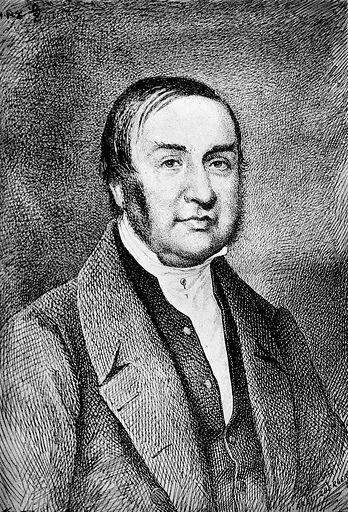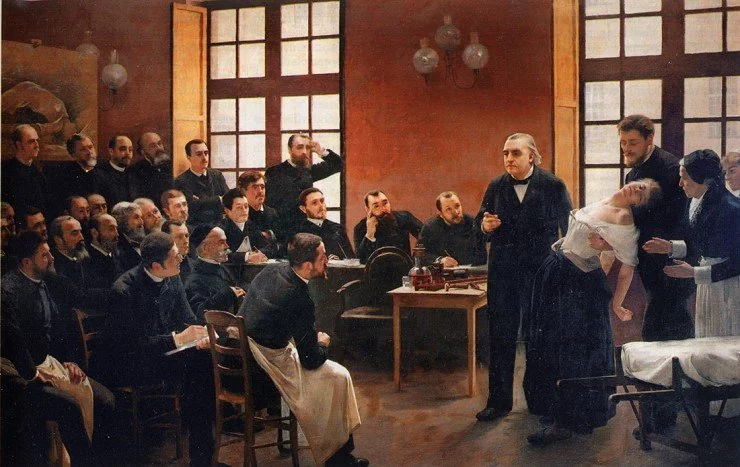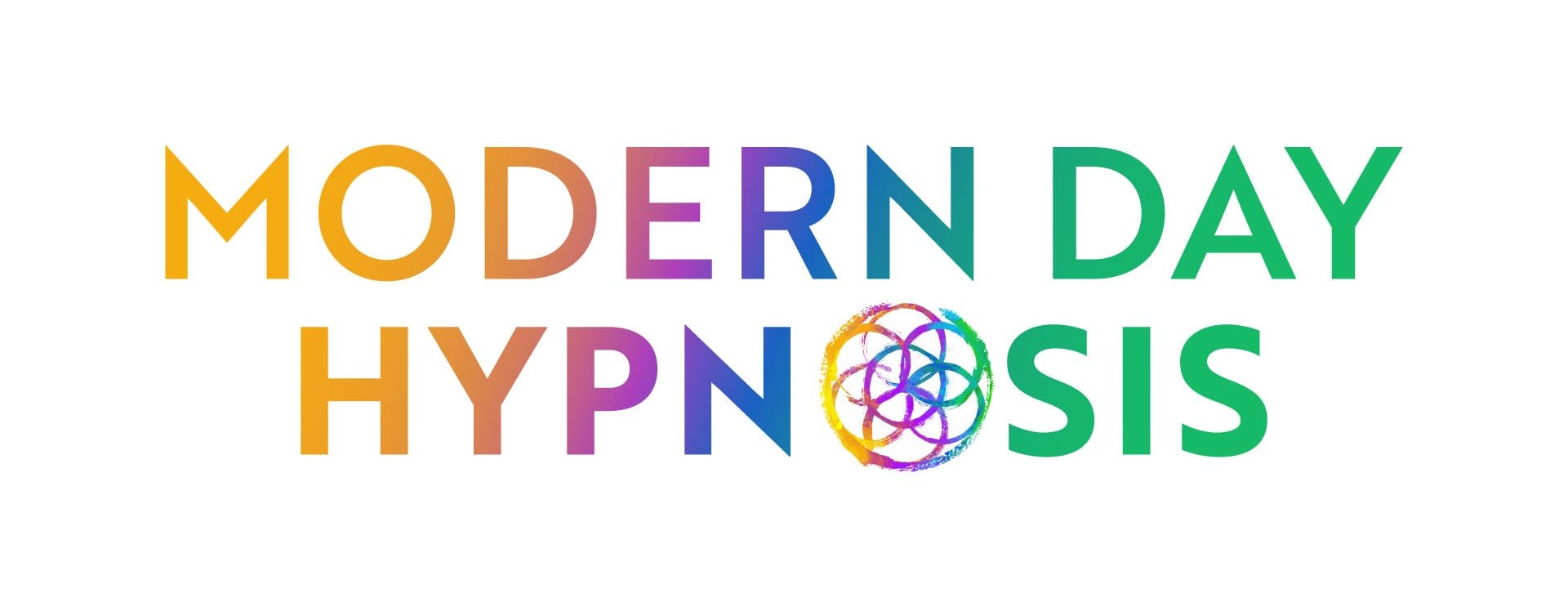How the Work of James Braid Changed the Course of Hypnosis

The practice of hypnosis has been a part of history for over two thousand years. With roots in the Middle East and Asia, hypnosis has overtime become a popular method in addressing medical and psychological conditions. The public’s perception of hypnosis has changed throughout the years, with more people choosing to use it every year. Hypnosis might not be where it is today without the work of James Braid, often referred to as the ‘father of hypnosis’.
Hypnosis Before the Work of James Braid
Pre-19th century, long before James Braid set out to research hypnosis and its many applications, there was a bit of skepticism and hesitance around the methodology. The media portrayed hypnosis as a mystical, mysterious stage act that was highly dramatized and carried ‘miraculous’ effects. A large part of society was not willing to accept that hypnosis could act as a natural method for addressing clinical, psychological, and personal matters. The idea that any positive results could be achieved without the use of medicine was nearly unheard of.
By the 19th century, hypnosis had started attracting more attention and popularity in the Western world, especially amongst physicians who wanted to explore the idea of using hypnosis to heal the physical body. Around this time, British surgeon James Esdaille was able to perform over 300 surgeries using only hypnosis – no anesthesia.
Other notable practitioners and researchers from this period include Franz Mesmer and Carl Reichenbach. By 1941, James Braid, a Scottish-born physician practicing in Manchester, became fully enthralled by the practice of hypnosis – or mesmerism – as it was known at the time.
Braid Experiments with Hypnosis Techniques

Before his interest in hypnosis developed, James Braid was actually skeptical of the practice. He changed his mind after seeing Charles Lefontaine perform animal magnetism – an antiquated practice involving the use of magnets to alter the subject’s state of being. While Braid was impressed by the effects of animal magnetism, he would eventually disprove the legitimacy of using magnets in the practice of hypnosis. In animal magnetism, the power was placed in the facilitator, rather than the subject. Braid was determined to change this dynamic and demonstrate that the subject was actually in control of the process.
While his predecessors may have experimented with magnets, Braid discovered that eye movement and fixation were the key in hypnosis. He experimented with help from friends and family members in order to prove this hypothesis. Along the way, he was also able to disprove the theory that magnets had any effect on the human psyche. Moving forward, Braid used this information to perfect his personal hypnosis practice. He even decided to learn self-hypnosis in order to further prove his theories.
Braid’s Findings in Clinical Hypnosis
Like others who came before him, James Braid was first and foremost a surgeon and scientist. After his discoveries about hypnosis, he quickly took an interest in applying hypnosis for clinical and psychological purposes. At the time, it was unheard of to apply hypnosis in such a way. Nevertheless, Braid wrote a book about his findings called Neurypnology. The book discusses several cases where certain conditions – such as insomnia, rheumatism, and paralysis – were treated successfully using hypnosis alone.
Literature such as this, which presented hypnosis in a scientific and medical context, allowed for plenty of progress within the field. Finally, the proven health benefits of hypnosis could be communicated to the Western world, in a way that meshed with the culture. James Braid successfully stripped away a lot of the stigma that surrounded hypnosis at that time, replacing it with proven science and credibility.
Braid Coins the Term ‘Hypnosis’
James Braid first used the term hypnosis in a letter written to the editor of The Lancet in 1845. His intention when using this new term was to separate it from the practices of mesmerism and magnetism. Specifically, he wanted people to know that in hypnosis, there was no ‘power’ held over the subject as there had been in other methods. Braid intended for the term hypnosis to strip away the superstition that surrounded mesmerism and magnetism.
While James Braid was an advocate for hypnosis, he did attempt to change the terminology. The term hypnosis comes from the word hypnos, which means sleep in Greek. Braid wanted to avoid the association of hypnosis with a sleep state. Unfortunately for him, the work and information that Braid had provided to the world about hypnosis had already ‘stuck’, and he was not able to bring his preferred term monoideism into popularity.
Furthering His Interest in Hypnosis Applications
Throughout his time practicing and researching hypnosis, Braid was able to treat conditions such as migraines, chronic arthritis, and aphasia, amongst others. He experimented thoroughly with the idea of attention and focus and how to work with the patient to shift their health and behavior while hypnotized. Braid had high hopes for the use of hypnosis to naturally alleviate pain and treat incurable ‘nervous’ illnesses. Some of which were being treated with high doses of harmful medication that were making patients sick. Braid is quoted saying:
“I consider the hypnotic mode of treating certain disorders is a most important ascertained fact, and a real solid addition to practical therapeutics, for there is a variety of cases in which it is really most successful, and to which it is most particularly adapted; and those are the very cases in which ordinary medical means are least successful, or altogether unavailing”
Although his findings were met with initial pushback from the public, Braid’s work eventually led to the development of the French school of neuropsychiatry. Until his sudden death in 1860, James Braid played an active role in the research and spread of hypnosis. It was known that he was happy to discuss his findings about hypnosis with anyone who had an interest, even skeptics.
Braid’s Legacy: Hypnosis in the Modern World
James Braid’s work has proven to be crucial to the popularity of hypnosis, even 200 years later. To this day, hypnosis is applied in a lot of the same circumstances that Braid faced in his work.
Did you know hypnosis can be applied in clinical settings and can also be used as a method for reaching goals? The practice of hypnosis is so versatile and can be administered by a hypnotist, or on your own using self-hypnosis. If you are considering using hypnosis or self-hypnosis, check out Self-Applied Hypnosis Training, or book an appointment with us on our website.
- About the Author
IACT Trainer:
The International Association of Counselors and TherapistsDEHI Trainer:
The Dave Elman Hypnosis InstituteNGH Hypnotist:
The National Guild of HypnotistsIACT Hypnotist:
The International Association of Counselors and TherapistsIMDHA Hypnotist:
The International Medical and Dental Hypnotherapy Association
Hypnosis
Have You Tried It Yet? It Really Works!
